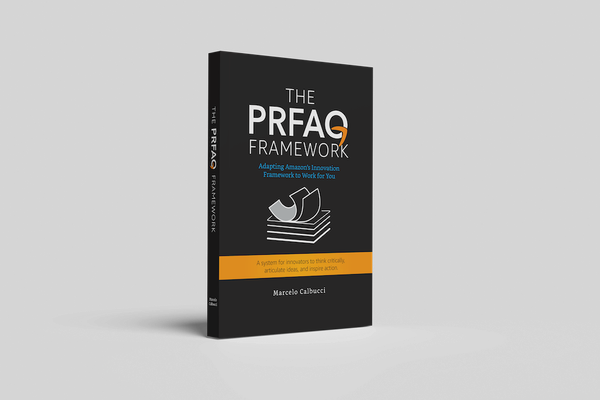Write Better User Stories with INVEST

Good developers realize the strength and resilience of well-decoupled, clearly- written code components, powered by a strong development framework in building successful software. It is no different for product owners authoring effective user stories that are clearly articulated and actionable. In this article, we will explore a framework called INVEST that helps craft more meaningful user stories. Through a set of criteria, INVEST frames user stories to be more clear, concise, and actionable by checking each user story meets the bar of being 1) independent, 2) negotiable, 3)valuable, 4) estimate-able, 5) small, and 6) testable.
1. Independent
To maintain agility in development, user stories should be independent of one another. This ensures that each story can be developed, tested, and delivered without relying on other stories. If you have an engineering background, this may seem familiar to you as engineers have been encouraged to always keep components separate able through loosely coupled contracts. By fostering independence, teams can work on multiple features simultaneously, accelerating the development process.
2. Negotiable
User stories should be open to being adjusted with discussion. Being adaptive, details can change based on team feedback and evolving requirements. Embracing negotiability encourages collaboration and allows for adjustments throughout the development lifecycle.
3. Valuable
Then product backlog and ergo every Product Backlog Item (PBI) should always deliver value to the end-user. Therefore the user story should clearly articulate the benefits and outcomes expected from implementing the story. This then allows the product owner to prioritize stories based on their perceived and measurable value, ensuring their team focuses on delivering the most impactful features first.
4. Estimate-able
A user story should be easily be estimate-able, allowing the development team to gauge the effort required accurately. Therefore the story needs to be at the right decomposition level, breaking down complex stories into smaller, manageable tasks to facilitate more precise estimation. This step enhances the team’s ability to plan sprints effectively and allocate resources efficiently.
5. Small
Keep user stories concise and focused. The idea is to deliver incremental value with each iteration. Smaller stories are easier to understand, implement, and test, fostering a more streamlined development process. This approach also enables quicker feedback loops and promotes a continuous delivery mindset.
6. Testable
User stories must be testable to ensure that the development team can verify if the story’s acceptance criteria are met. Clearly define the conditions of satisfaction and the expected outcomes. Testability enhances communication between team members and provides a clear definition of when a story is considered complete.
By incorporating the INVEST criteria into your user story writing process, you empower your agile team to produce higher-quality software that meets user needs effectively by creating stories that are independent, negotiable, valuable, estimable, small, and testable. Embrace these principles, and watch as your development process becomes more efficient, collaborative, and responsive to changing requirements.





